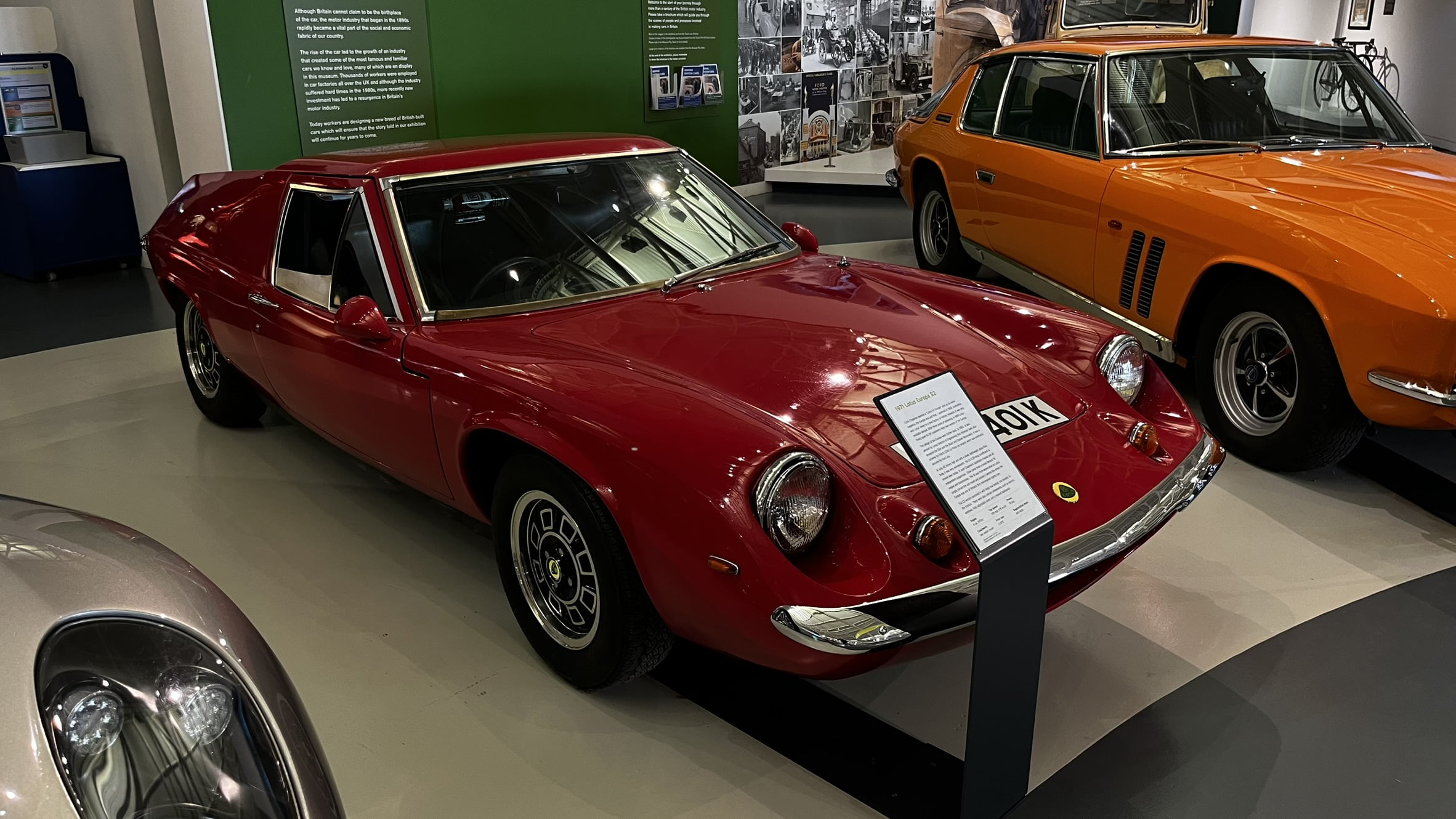1966 Lotus Europa
The Lotus Europa, introduced in 1966, is a groundbreaking sports car that exemplified the innovative spirit of Lotus Cars. Known for its mid-engine layout, lightweight construction, and remarkable handling, the Europa left an indelible mark on the automotive world. This article explores the history, design, engineering, and legacy of the Lotus Europa, highlighting why it remains a beloved classic among enthusiasts.



The Lotus Europa was conceived during a period of significant innovation and growth for Lotus Cars. Under the guidance of founder Colin Chapman, Lotus aimed to create a production car that embodied the principles of lightweight engineering and superior handling that the company had successfully implemented in its racing cars. The Europa was born out of this vision. Introduced in 1966, the first Europa was designated the Type 46. It was initially intended for the European market, but its unique features and impressive performance quickly garnered attention worldwide. The Europa’s design and engineering were heavily influenced by Lotus’s racing experience, particularly in Formula One, where the mid-engine layout had proven highly effective.
The Lotus Europa’s design is characterized by its low, sleek profile and distinctive “breadvan” rear end. The car’s fiberglass body, mounted on a steel backbone chassis, contributed to its lightweight nature, a hallmark of Lotus engineering. The mid-engine configuration not only improved weight distribution but also enhanced the car’s balance and handling. The Europa’s styling was unconventional yet functional. The low, wide stance and aerodynamically efficient shape minimized drag and provided excellent stability at high speeds. The car’s compact dimensions and unique appearance set it apart from other sports cars of its era.
One of the most revolutionary aspects of the Lotus Europa was its mid-engine layout, which placed the engine behind the driver but ahead of the rear axle. This configuration, relatively rare in production cars at the time, provided outstanding handling characteristics. The Europa was one of the first commercially available mid-engine road cars, making it a trailblazer in automotive design. The Type 46 Europa was powered by a Renault 16 engine, a 1.5-liter inline-four producing around 82 horsepower. While this may seem modest by today’s standards, the car’s lightweight construction allowed it to deliver impressive performance. The Europa could accelerate from 0 to 60 mph in just under 10 seconds and had a top speed of approximately 110 mph. In 1968, the Europa was updated to the Type 54, which featured a more refined interior and slight improvements in performance. The Type 65, known as the Europa S2, followed in 1969, offering further enhancements in comfort and usability, including electric windows and adjustable seats. The most significant evolution came with the introduction of the Type 74 Europa Twin Cam in 1971. This version featured a Lotus-Ford 1.6-liter twin-cam engine, producing 105 to 126 horsepower, depending on the specification. The Twin Cam’s improved power output, combined with the Europa’s lightweight design, resulted in a spirited driving experience that solidified the car’s reputation as a true sports car.
The Lotus Europa also made its mark in motorsport. Its advanced design and exceptional handling made it a competitive platform for racing. The Europa was used in various forms of motorsport, including endurance racing and hill climbs. The Europa’s success on the track further enhanced its reputation and demonstrated the effectiveness of its mid-engine layout and lightweight construction.